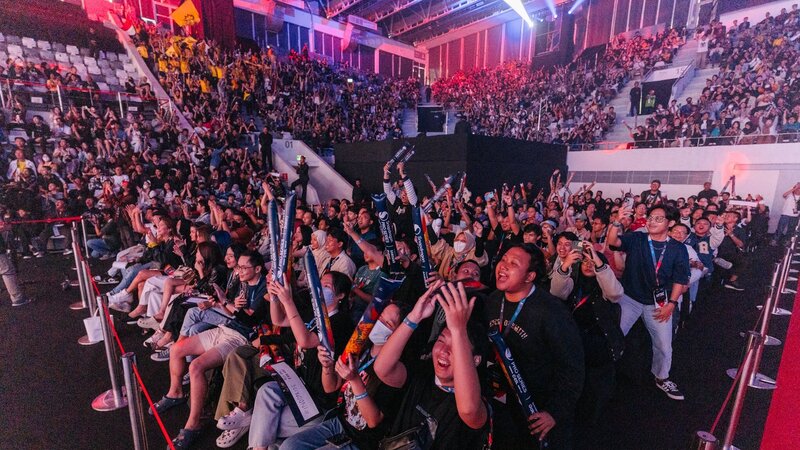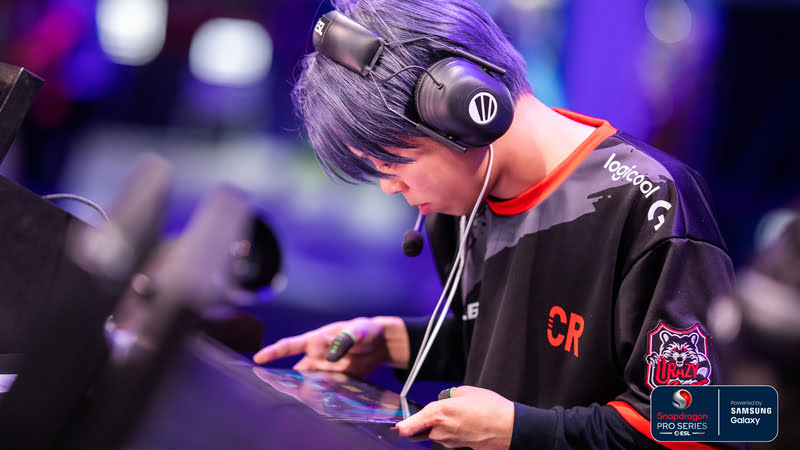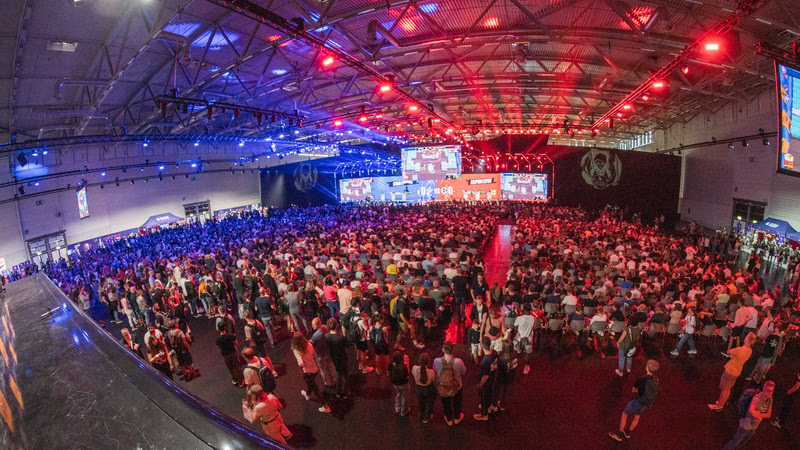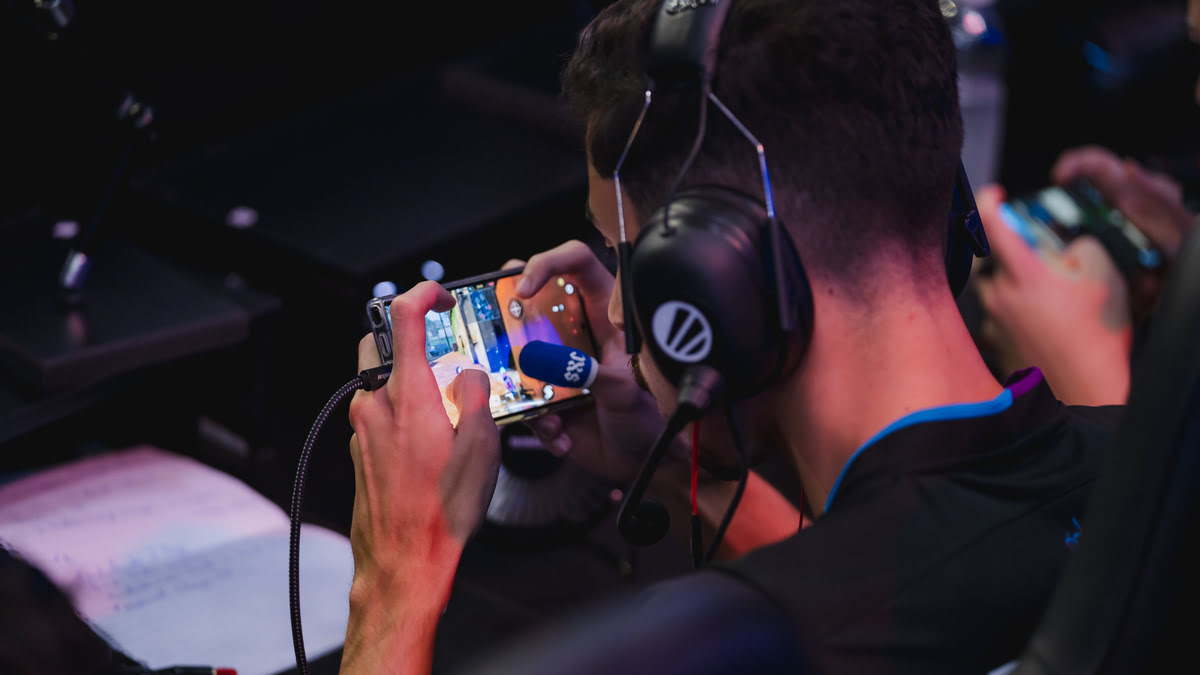The Intel Extreme Masters (IEM) stands as one of the largest esports leagues in history, originating in 2007 during the surge of esports popularity worldwide.
Joining the ranks of successful leagues is the Snapdragon Pro Series (SPS), established in 2022. SPS has already secured partnerships with prominent companies like Activision and Supercell to host official esports competitions for COD Mobile and Brawl Stars, along with other popular titles such as PUBG Mobile, MLBB, and Asphalt 9.
We had the opportunity to speak with Sam Braithwaite, VP of Game Ecosystems, Mobile at ESL Faceit Group, to delve into the details of the SPS, its partnerships with publishers, featured games, and more. Here’s an excerpt from the interview.
Image Credits: ESL
Why are publishers like Activision and Supercell opting to collaborate with SPS for managing their esports roadmaps instead of independently?
Managing a global esports ecosystem demands considerable expertise, resources, and finances. SPS was designed to alleviate these burdens for publishers, allowing them to concentrate on game development. With over two decades of experience in both mobile and PC esports, EFG is equipped to create and scale esports circuits for partners, ensuring top-tier gameplay experiences for competitive players.
SPS not only caters to aspiring professionals but also welcomes fans into the competitive scene through amateur events and in-game pathways to watch esports competitions. In Year 3 alone, we facilitated nearly one billion matches, engaging 4.4 million players globally, highlighting the value SPS brings to publishers.

Image Credits: ESL
How has mobile esports engagement evolved in the West, and how can it be enhanced? Which games are poised to lead this movement?
Contrary to popular belief, mobile esports has already established a robust presence in the West and continues to flourish. The Snapdragon Pro Series has witnessed consistent growth in Western regions year after year.
Entering Latin America sparked great enthusiasm, engaging over 1 million participants in Year 2. Similarly, North America and Europe collectively attracted over 2 million players during the same period, with a considerable increase in viewership expected in Year 3.
Regional preferences influence game choices, where titles like Call of Duty: Mobile in North America, Free Fire in Latin America, and Brawl Stars in Europe resonate with respective audiences. By aligning with popular titles, SPS ensures highly competitive tournaments cater to diverse player interests.

Image Credits: ESL
How have collaborations with EFG-owned events like DreamHack elevated SPS, particularly in offline events in the West, and attracted a new demographic?
Integrating SPS events into established festivals and conferences elevates the visibility of mobile esports, captivating a broader audience. Notably, at DreamHack Atlanta, Call of Duty: Mobile commanded a prominent stage, rivaling iconic PC esports events. The Mobile Challenge Finals witnessed substantial online and in-person viewership, fostering a bridge between festival visitors and esports enthusiasts.
Are there plans to expand the SPS game portfolio, and how are titles and genres chosen for inclusion?
Player demand dictates the addition of titles to SPS, with regional preferences influencing game selection strategies. Addressing varied tastes, SPS offers diverse genres like battle royales, racing, and MOBAs to cater to a broad spectrum of competitors.
Keeping an open mind towards new titles and genres, SPS aims to enhance player experiences, promising exciting additions in the future.
Lastly, how is SPS contributing to the growth of emerging markets in mobile esports?

Image Credits: ESL
Latin America and the Middle East are burgeoning markets for gaming, particularly mobile esports. SPS has actively engaged with these regions, doubling down on opportunities to support their growing player bases. Expansion initiatives in regions like Brazil and the Middle East demonstrate SPS’s commitment to fostering a thriving mobile esports scene in emerging markets.


